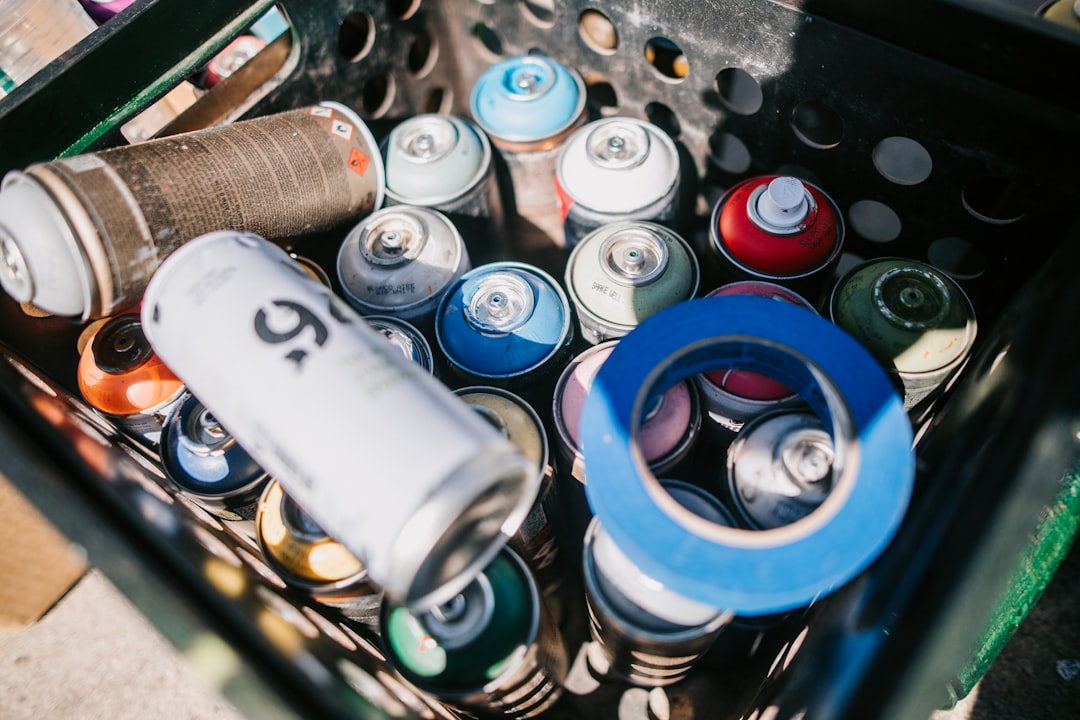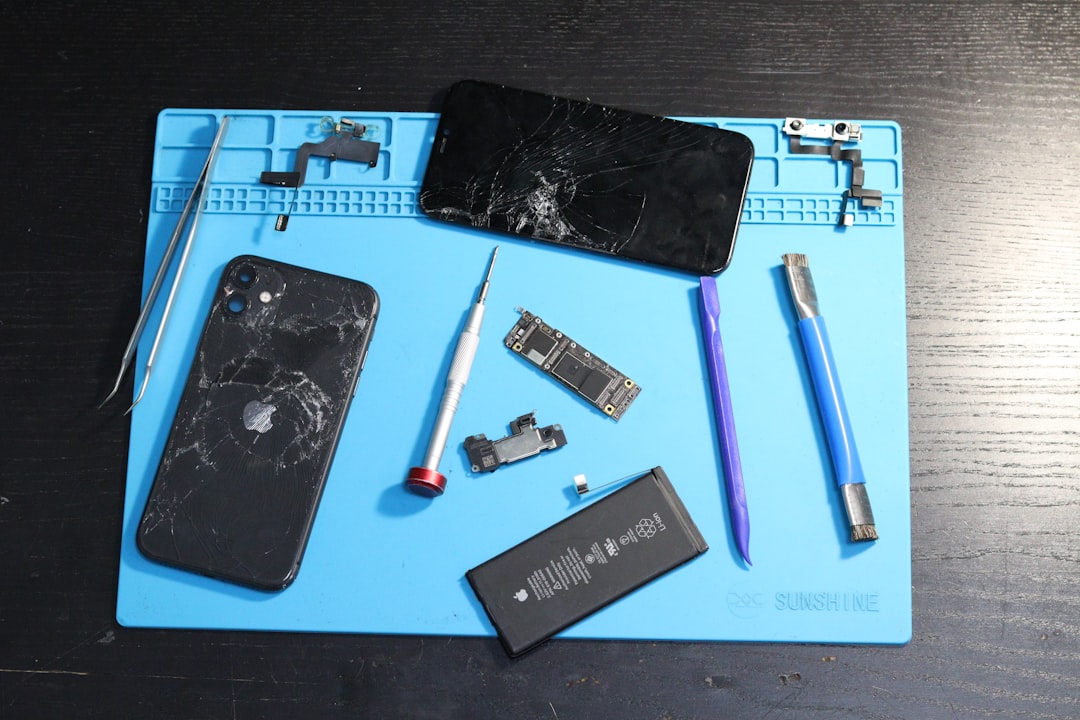Battery corrosion is a common problem that can affect everything from household electronics to your car’s performance. Over time, the white or bluish powdery substance—usually caused by a chemical reaction between the battery acid and the metal terminals—can block electrical contact and damage your device. It’s essential to clean it properly to extend battery life and prevent further damage.
Here’s a look at four safe and effective methods for cleaning battery corrosion and restoring your devices to working order.
Contents
1. Using Baking Soda and Water
This is one of the most commonly used methods, especially suitable for alkaline battery corrosion:
- Remove the battery carefully while wearing gloves.
- Mix 1 tablespoon of baking soda with a cup of water to create a paste.
- Apply the paste to the corroded area using a cotton swab or old toothbrush.
- Scrub gently until the corrosion is removed.
- Wipe clean with a damp cloth and let it dry completely before reinserting batteries.
Note: Baking soda neutralizes the alkaline discharge, making it easier and safer to clean.

2. Using Vinegar or Lemon Juice
For more stubborn or acidic corrosion, such as from leaking lithium or rechargeable batteries, an acid like vinegar or lemon juice works best:
- Dab a small amount of white vinegar or lemon juice on a cotton swab.
- Apply directly to the corrosion and wait for it to fizz—this reaction helps lift the buildup.
- Gently scrub the area using a soft brush or cloth.
- Wipe clean and allow the compartment to fully dry.
This method is effective for both small electronics and larger battery terminals.
3. Using a Commercial Battery Terminal Cleaner
When dealing with severe corrosion on car batteries or marine batteries, a commercial cleaner may be the most effective option:
- Purchase a battery terminal cleaner from an auto parts store.
- Disconnect the battery following safety protocols (negative terminal first).
- Spray or apply the product to the affected areas.
- Use a battery terminal brush or wire brush to scrub off corrosion.
- Rinse thoroughly with warm water and dry with a clean cloth.
These cleaners are specially formulated to penetrate buildup and protect against future corrosion.
4. Cleaning with Isopropyl Alcohol
Isopropyl alcohol is a great final-step cleaner that helps remove moisture and any remaining residue:
- After removing the bulk of the corrosion with other methods, apply isopropyl alcohol (at least 70%) to a cotton swab or cloth.
- Wipe down the contact points for a clean and disinfected finish.
- Let everything air dry completely before reassembling or reconnecting the device.
This method is especially safe for sensitive electronic devices.

Tips for Best Results
- Always work in a well-ventilated area.
- Wear gloves and eye protection.
- Dispose of leaking or damaged batteries responsibly.
- Apply dielectric grease on battery terminals to prevent corrosion buildup.
Frequently Asked Questions
-
Q: What causes battery corrosion?
A: Battery corrosion is typically caused by a leakage of potassium hydroxide (for alkaline batteries) or sulfuric acid (in lead-acid batteries), which reacts with air and metal terminals. -
Q: Is battery corrosion dangerous?
A: Yes, it can be harmful to both your health and your devices. It can cause burns, respiratory issues, or damage electrical components. -
Q: Can I still use a device after cleaning corrosion?
A: In many cases, yes—as long as the battery terminals and device contacts are undamaged and properly cleaned. -
Q: How often should I check for battery corrosion?
A: For devices not used regularly, it’s a good idea to inspect the battery compartment every 1–2 months. -
Q: What’s the safest way to dispose of a corroded battery?
A: Seal it in a plastic bag and take it to your local hazardous waste facility or a battery recycling center.
Proper cleaning and maintenance of your batteries not only extends the life of your devices but also ensures safety for you and your household. By using these four safe and effective methods, tackling battery corrosion can become a simple part of your regular maintenance routine.



